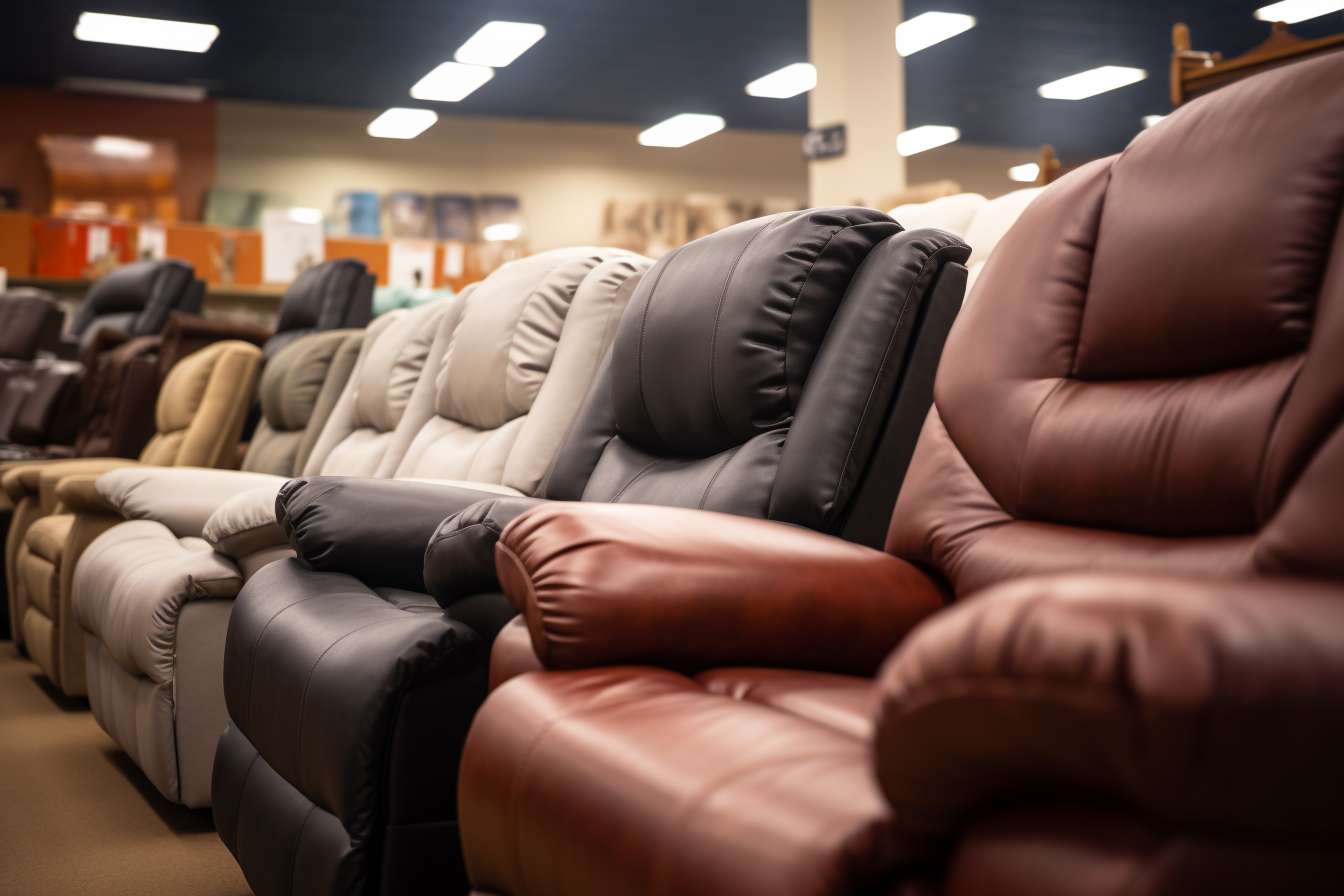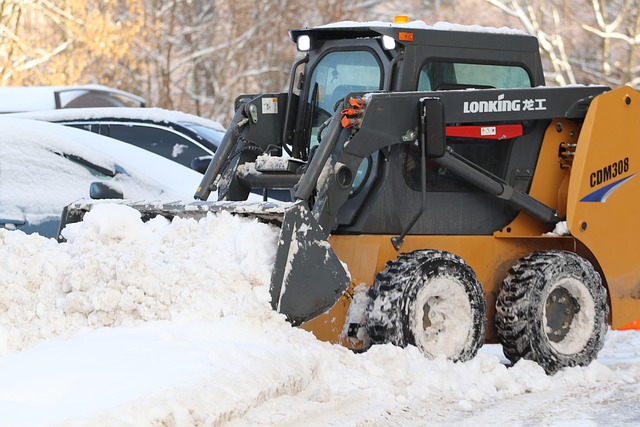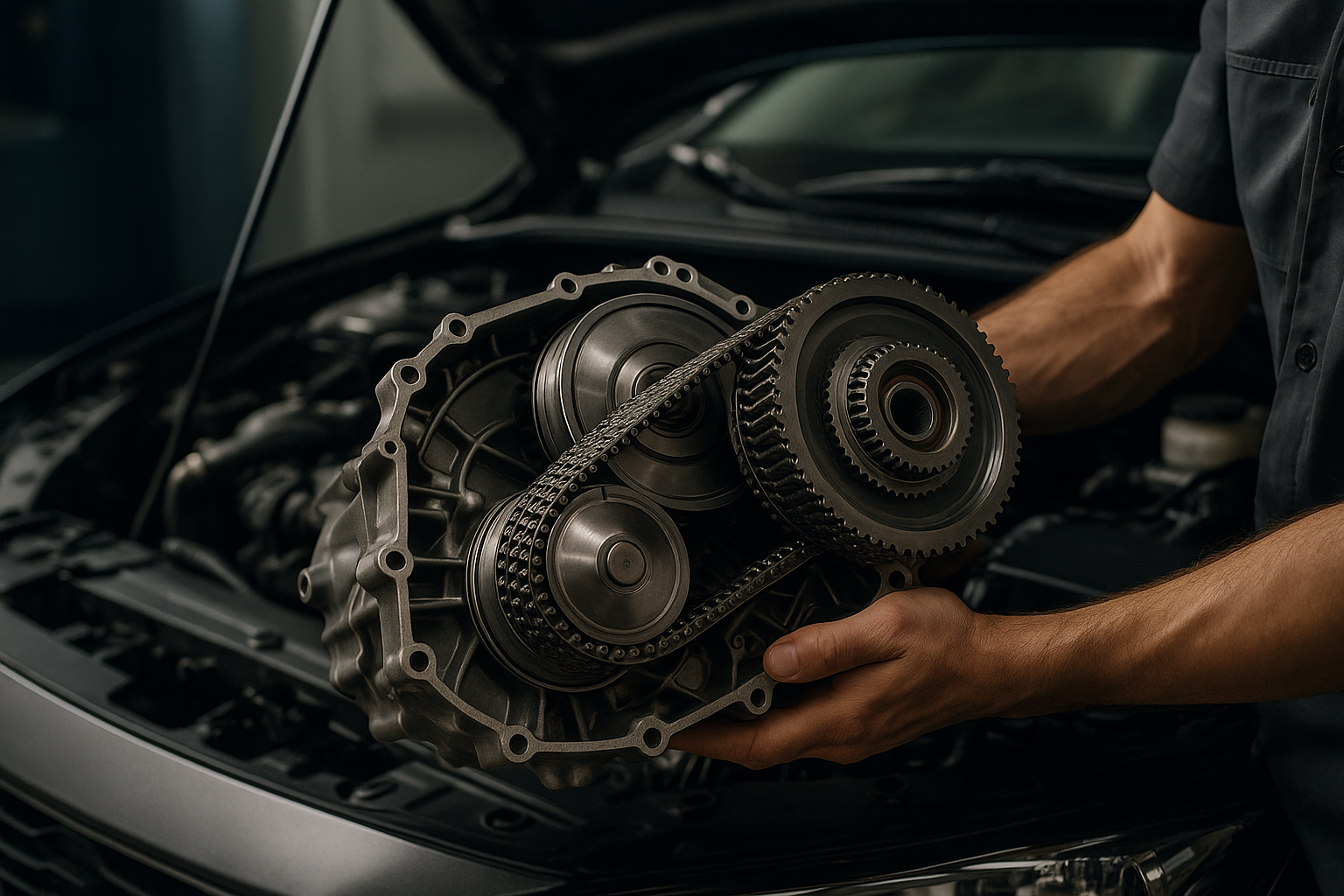The Ultimate Guide to Buying a Used Boat
Purchasing a used boat can be both exciting and challenging. The process involves numerous considerations, from understanding where to find reliable options to completing thorough inspections before finalizing your purchase. For many buyers, a pre-owned vessel offers significant value compared to buying new, but requires careful evaluation to ensure you're making a sound investment. This comprehensive guide walks you through the essential steps and considerations for successfully navigating the used boat market.

Where to Find Used Boats
The search for your ideal used boat begins with knowing where to look. Boat dealerships often maintain an inventory of trade-ins and consignment vessels that have undergone some level of inspection. These boats typically come with limited warranties and professional guidance throughout the purchase process. Online marketplaces like Boat Trader, YachtWorld, and boats.com provide extensive listings with detailed specifications and photos, allowing you to compare options across different regions. Local classifieds, both print and online, can yield good deals from private sellers in your area, often at competitive prices since there’s no dealer markup.
Boat shows present another valuable opportunity to view multiple vessels in one location, including used boats brought by dealers and brokers. Additionally, marina bulletin boards frequently feature boats for sale by owners keeping their vessels at that location. Specialized boat brokers can be particularly helpful when searching for larger or more expensive boats, as they have industry connections and can help match your requirements with available inventory.
Factors to Consider When Buying a Used Boat
The age of the vessel significantly impacts both its price and potential maintenance requirements. While older boats may offer attractive purchase prices, they often require more upkeep and repairs. Hull material is another crucial consideration – fiberglass, aluminum, wood, and composite materials each have distinct durability characteristics, maintenance requirements, and longevity profiles. The boat’s engine hours and maintenance history provide insight into how the vessel has been used and cared for; comprehensive service records are valuable indicators of a well-maintained boat.
Storage history matters significantly – boats kept primarily in freshwater typically experience less corrosion than those used in saltwater environments. Indoor storage generally results in better-preserved vessels compared to those stored outdoors and exposed to the elements. The boat’s intended use should align with your specific needs – fishing, cruising, watersports, or overnight accommodations require different features and configurations. Additionally, consider trailer condition if included, as replacing a deteriorated trailer can add substantial cost to your purchase.
Ownership costs extend beyond the purchase price to include insurance, storage fees, maintenance, fuel consumption, and winterizing expenses. Research the specific model’s reputation for reliability, common issues, and parts availability, as some manufacturers provide better long-term support than others. Finally, assess the boat’s resale value potential, as some brands and models retain value better than others.
Inspection and Survey Process
A thorough personal inspection represents your first line of defense against purchasing a problematic boat. Begin with a detailed exterior examination, looking for signs of damage, repairs, stress cracks, or structural issues. Check for soft spots on the deck that might indicate rot or water damage beneath. The interior inspection should focus on equipment functionality, signs of leaks, electrical system condition, and upholstery quality.
For mechanical components, examine the engine compartment for corrosion, fluid leaks, or damaged hoses. If possible, request an on-water test to observe the engine’s starting behavior, operating temperature, responsiveness, and exhaust quality. For larger or more expensive boats, hiring a professional marine surveyor is highly recommended. These certified professionals conduct comprehensive evaluations that can identify issues invisible to the untrained eye.
Surveyors typically provide detailed reports on the vessel’s condition, highlighting both current problems and potential future concerns. Many insurance companies require a professional survey before providing coverage. The survey findings can also serve as negotiation leverage if significant issues are discovered. While professional surveys add cost to your purchase process, they frequently save money in the long run by preventing costly surprises after purchase.
Financial Considerations When Buying Used Boats
Understanding the complete financial picture is essential when purchasing a used boat. While the initial purchase price is obvious, additional costs include registration fees, taxes, transportation, immediate maintenance, and potential upgrades.
| Boat Size | Average Price Range | Annual Maintenance Estimate | Storage Costs (Annual) |
|---|---|---|---|
| Under 20ft | $5,000-$20,000 | $500-$1,500 | $800-$2,500 |
| 20-30ft | $15,000-$75,000 | $1,500-$5,000 | $2,000-$5,000 |
| 30-40ft | $50,000-$200,000 | $3,000-$10,000 | $3,500-$15,000 |
| Over 40ft | $150,000+ | $8,000-$25,000+ | $10,000-$30,000+ |
Prices, rates, or cost estimates mentioned in this article are based on the latest available information but may change over time. Independent research is advised before making financial decisions.
Financing options for used boats differ from new purchases, typically featuring higher interest rates and shorter terms. Many lenders set minimum loan amounts and require boats to be under a certain age. Insurance costs vary based on the vessel’s value, intended use, your boating experience, and storage location. Budget for annual maintenance at approximately 10% of the boat’s value for typical upkeep, with older boats potentially requiring more.
Precautions Before Finalizing Your Purchase
Before completing any used boat purchase, verify the vessel’s legal status by checking its Hull Identification Number (HIN) against theft databases. Request documentation proving ownership, including the original title and registration papers. Research the boat’s history through services like BoatFax or the Coast Guard Documentation Center to uncover any accidents, damage claims, or title problems.
Request maintenance records and service history to understand how well the boat has been maintained. Secure a written bill of sale that clearly outlines the terms and conditions of the purchase, including any warranties or representations made by the seller. For private party purchases, consider using an escrow service to protect both parties during the financial transaction.
Before finalizing, confirm that all promised accessories and equipment are included with the boat. Arrange for a secure location to store your new vessel immediately after purchase. Finally, ensure you understand all post-purchase requirements, including registration transfer, insurance coverage, and any necessary permits for your boating area.
A methodical approach to buying a used boat helps ensure you’ll find a vessel that provides years of enjoyment without unexpected complications. By researching thoroughly, inspecting carefully, and proceeding with appropriate caution, you can navigate the used boat market successfully.




